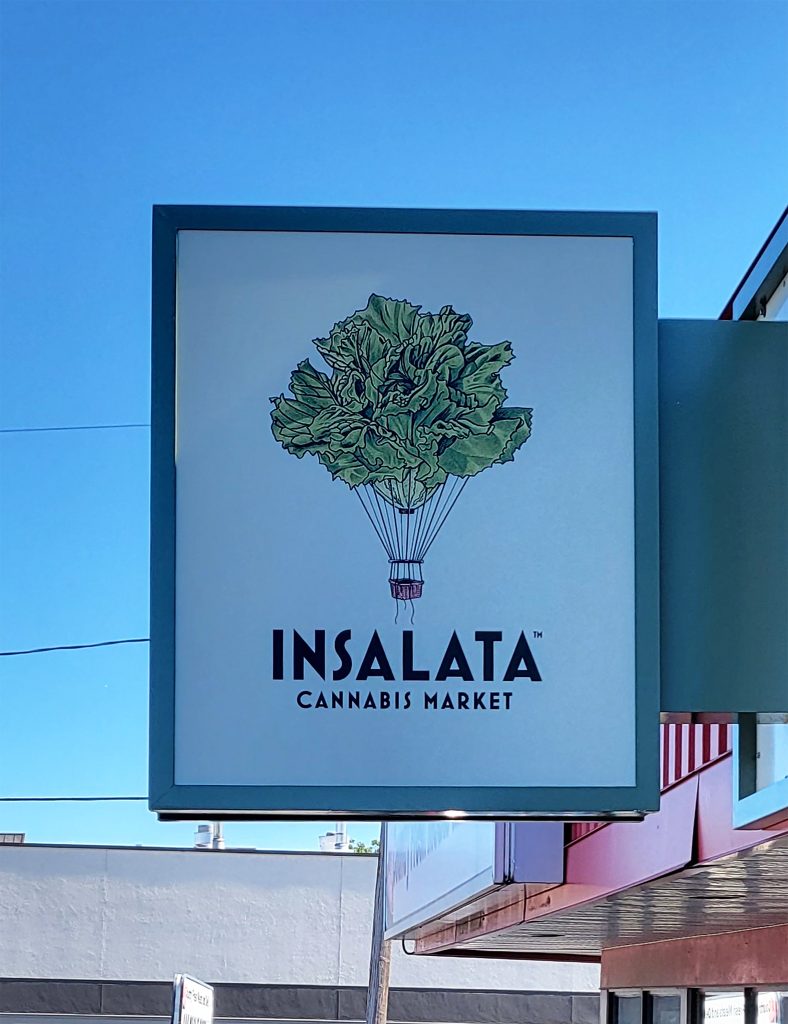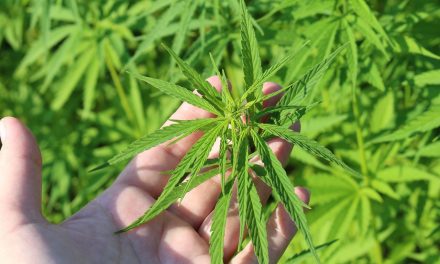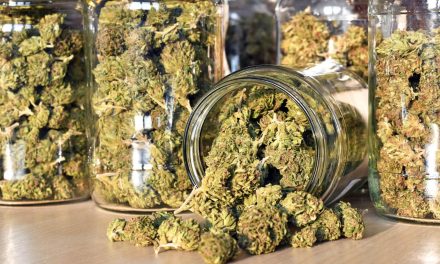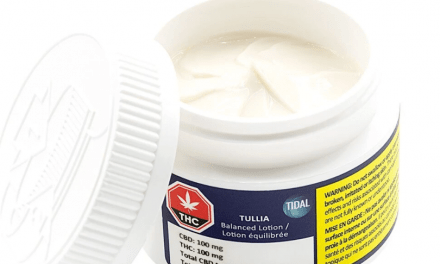The Divide Between Medical and Recreational Cannabis
By Justin Allec
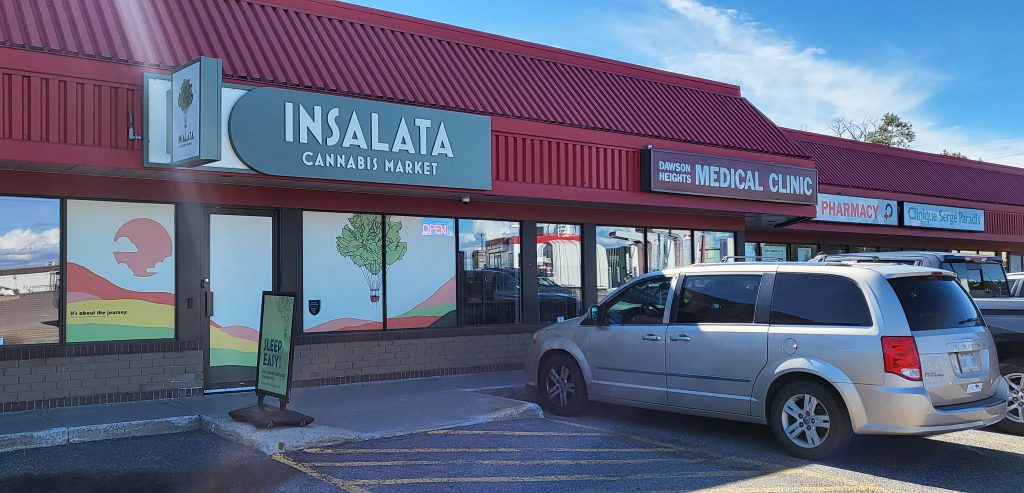
Cannabis legalization has mostly benefited those who are consuming for recreational purposes. The ubiquitous storefront model, as well as the online portal of the Ontario Cannabis Store, are geared toward pairing people with cannabis for pleasure. You can see this throughout the industry, from the attitudes of budtenders to how paraphernalia is displayed. This makes sense because much of the reasoning behind legalization was to combat the black market.
However, the medicinal cannabis market has been around even longer than the legal recreation market. It has benefitted from the expanding recreation industry in accessibility and product diversity, but medical cannabis has a different aim. Recognizing the medicinal effects of cannabis early on, Health Canada regulated medical consumption under the Access to Cannabis for Medical Purposes Regulations (ACMPR) in 2001. That spelled out how people with a prescription could acquire and use cannabis and avoid penalties. The AMCPR was eventually repealed and now regulations around medical cannabis are contained in the 2018 Cannabis Act.
Compared to recreational consumers who mostly use cannabis for its psychoactive effects, medical consumers are looking for therapeutic effects that influence the body’s endocannabinoid system. Studies have shown that cannabis has a potentially positive effect on pain and inflammation relief, can help combat insomnia, and has anti-seizure properties.
Medical consumers require a prescription to access cannabis, even though they may be using many of the same licensed producers and products as the recreation market. However, pricing, taxes, and possession limits (both for products and plants) are all different. As well, human rights protections in terms of where and how patients may consume are also built into a patient’s prescription.
Where things get muddled is for people looking for cannabis’s therapeutic benefits who don’t necessarily have a prescription. Insalata, a growing cannabis retail chain with their latest store in Dawson Heights, aims to bridge the divide between medical and recreational. Each Insalata location is side-by-side with a Whole Health Pharmacy, a pairing specifically designed to provide informed and educated pharmacists within easy reach for over-the-counter consultations. If any customers approach Insalata’s staff with a medical question, they can easily be referred over to the professionals at Whole Health for a recommendation.
Anushya Vijayaraghevan, the lead pharmacist in charge of cannabis research, explains the advantages of the system. “Even if you have a prescription, that just authorizes the use of cannabis,” he says. “You still need a consultation to determine the best product for your needs, and that’s based on your medical history, needs, even genetics.” Because so much of the research around cannabis is still preliminary, Whole Health pharmacists focus on keeping abreast of the latest studies and trends along with developments in the recreational cannabis world.
Thunder Bay’s Insalata opened in late July, and store manager Rebeca Chezick reports that the response from the public has been positive. “It’s a welcoming store for both cannabis experts and novices, and we can offer a resource that isn’t readily available,” she says. As our understanding of cannabis increases and there’s more application for the plant, retailers like Insalata can play an important part both for health and recreation.
